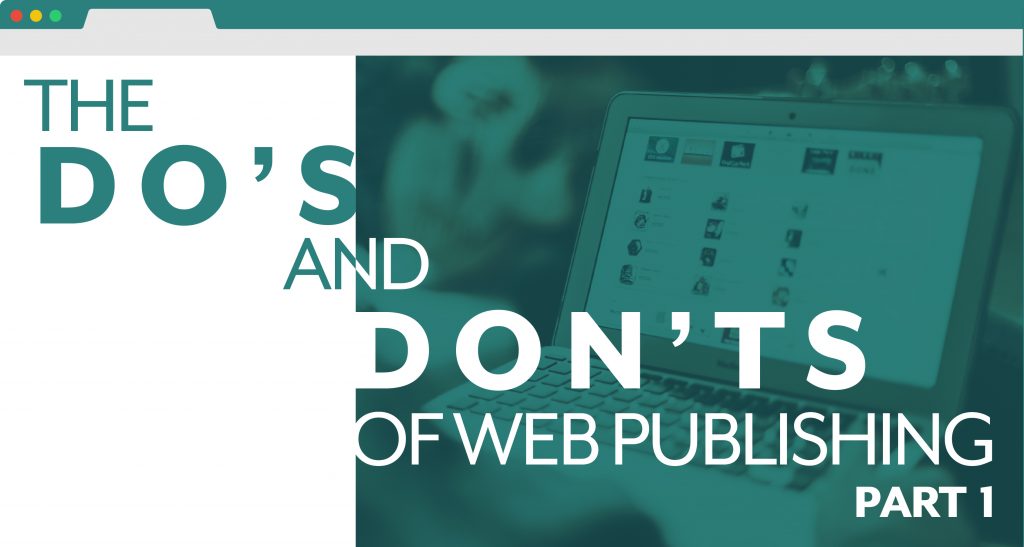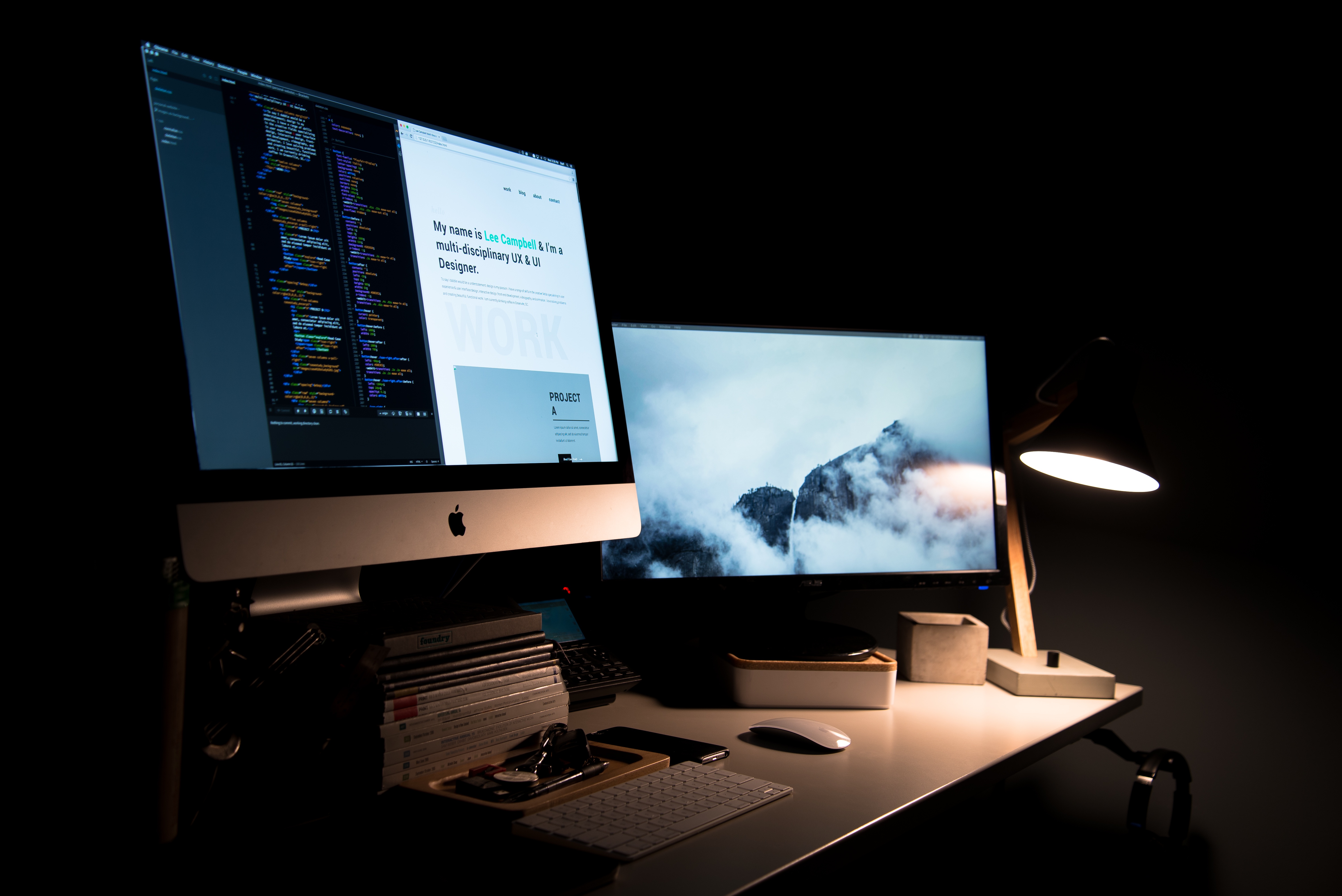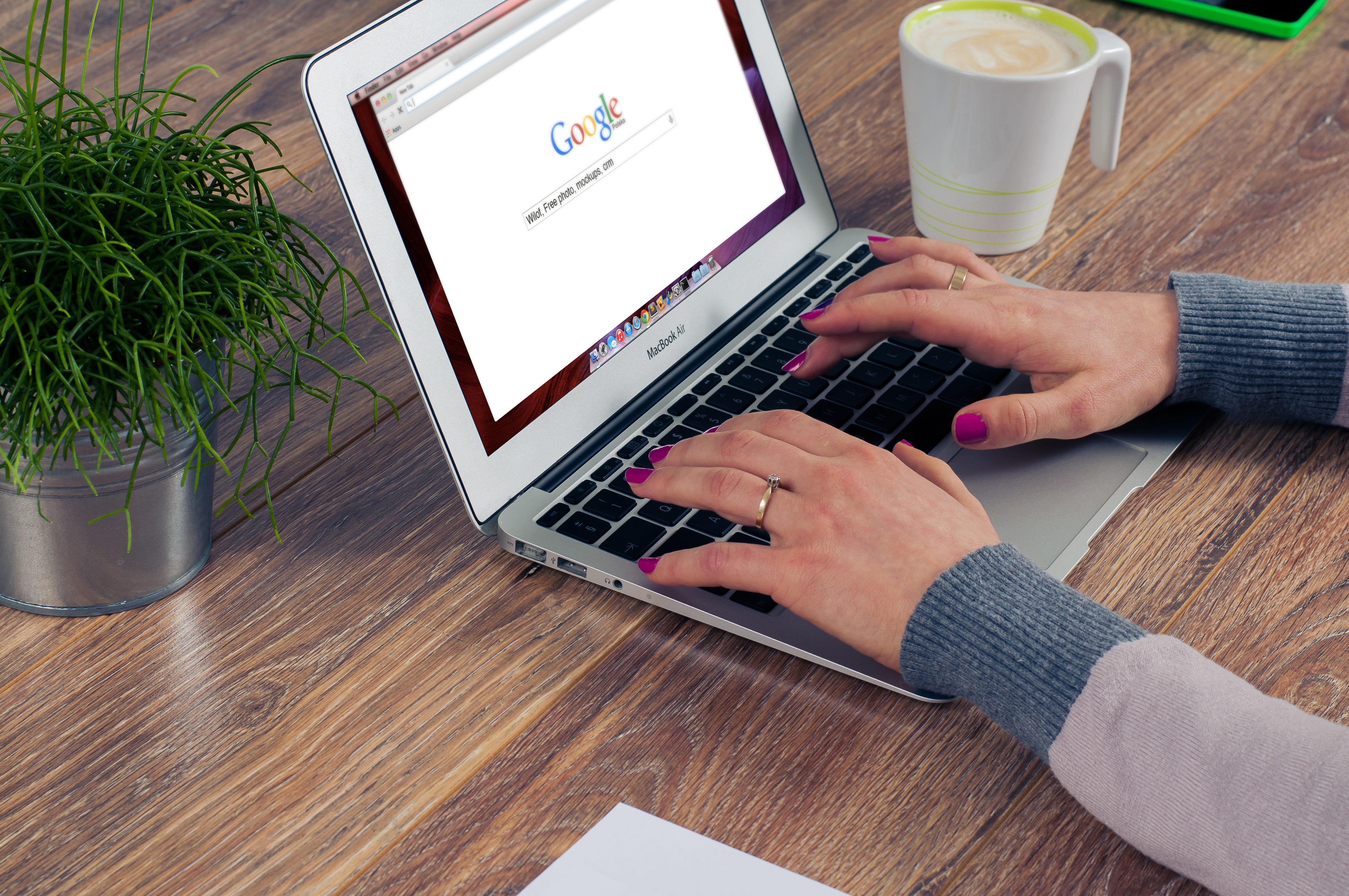
The web is a digital world filled with creativity, self expression, and constant sharing of creative content and ideas. However, within this bright and shiny universe there is a dangerous side:

You can be sued for what you write, share, and use within your website or blog.
Yep. I said sued.
But before you delete your business’ entire internet presence, we’ve got some good news. It’s not so hard to navigate the murky waters of the do’s and don’ts of web publishing. I promise you’ll always come out the winner if you follow these guidelines.
Read on to learn more about the following:
- How to not get sued.
- How to use photos without infringing on copyrights.
- How to tastefully curate and leave comments or reviews so as not to be construed as defamatory statements holding you legally responsible.
- How to tastefully use social media platforms, and stay away from tweets or posts that can become slander.
- How to link or share other’s work on your website and not get sued even if you specify it is not your work.

Murphy’s Law
Look at it this way:
Writers, artists, bloggers, and basically everyone with a web presence cares about the integrity of their work and often rely on income from what they publish. So you don’t want to misconstrue, alter, or unknowingly (or knowingly) defame others on the web.
A Google search now yields over 19 million results for entities being sued over a negative review. Whether you are a social media fanatic, full time blogger, or a renown business publishing statements about an individual, group, organization, there is always potential for a lawsuit. As Murphy’s Law states, if it can happen it WILL happen. You don’t want to be on the losing side of this argument and it can be very costly!
Social Media Protection
Safer now vs. sorry later is always best practice, but sometimes you need to know what is safe and what isn’t. Starting out, it might not be as necessary to carefully guard what is said over something like Twitter or Facebook, but as a brand starts to get more exposure, it’s vital to create social media systems early on and language best practices to ensure that statements or comments are not rendered as defamation or false light.
Time for a vocab lesson!
- Defamation is the legal claim of entity saying that their reputation was injured due to false statements.
- False light refers to the alteration of reputation by a statement that is not necessarily outright ridicule or slander, but rather untrue characterization that elicits emotional distress.

Know your rights and protection
Blogs are intended to educate and facilitate forums. Social media feeds allow for third party input, comments, or reviews. There are various inputs as social media is never a one way street. How do you control negative comments of as the owner of the channel? Are you liable for what is said?
Fortunately you are protected from what these third parties say by the Communications Decency Act Section 230 and the Digital Millennium Copyright Act (DMCA). These federal laws protect you from certain types of liability, including defamation, associated with the statements and user-submitted content published within your site.
However, there is no place in the land of web publishing that is completely safe from liability for you or your employees statements on the web. Your business image can be altered or tainted by the content and statements of your business online by employees! So tread carefully and enforce a cleanup of all employees social media accounts if not done already.
Read next week’s post for the 5 ways to stay out of the danger zone when it comes to this liability!

Jason Long is the founder and CEO of Brainleaf and an Information Architect and Managing Partner at CodeWright. A self-professed serial entrepreneur, he is always interested in new businesses, new ideas, and new ways to change the world. He has over 15 years of experience in design and development and has served in a variety of different roles ranging from designer to Information Architect to CEO. He spends most of his time focusing on the build and development of new ventures while trying to travel the world.